Sniff Bot Society
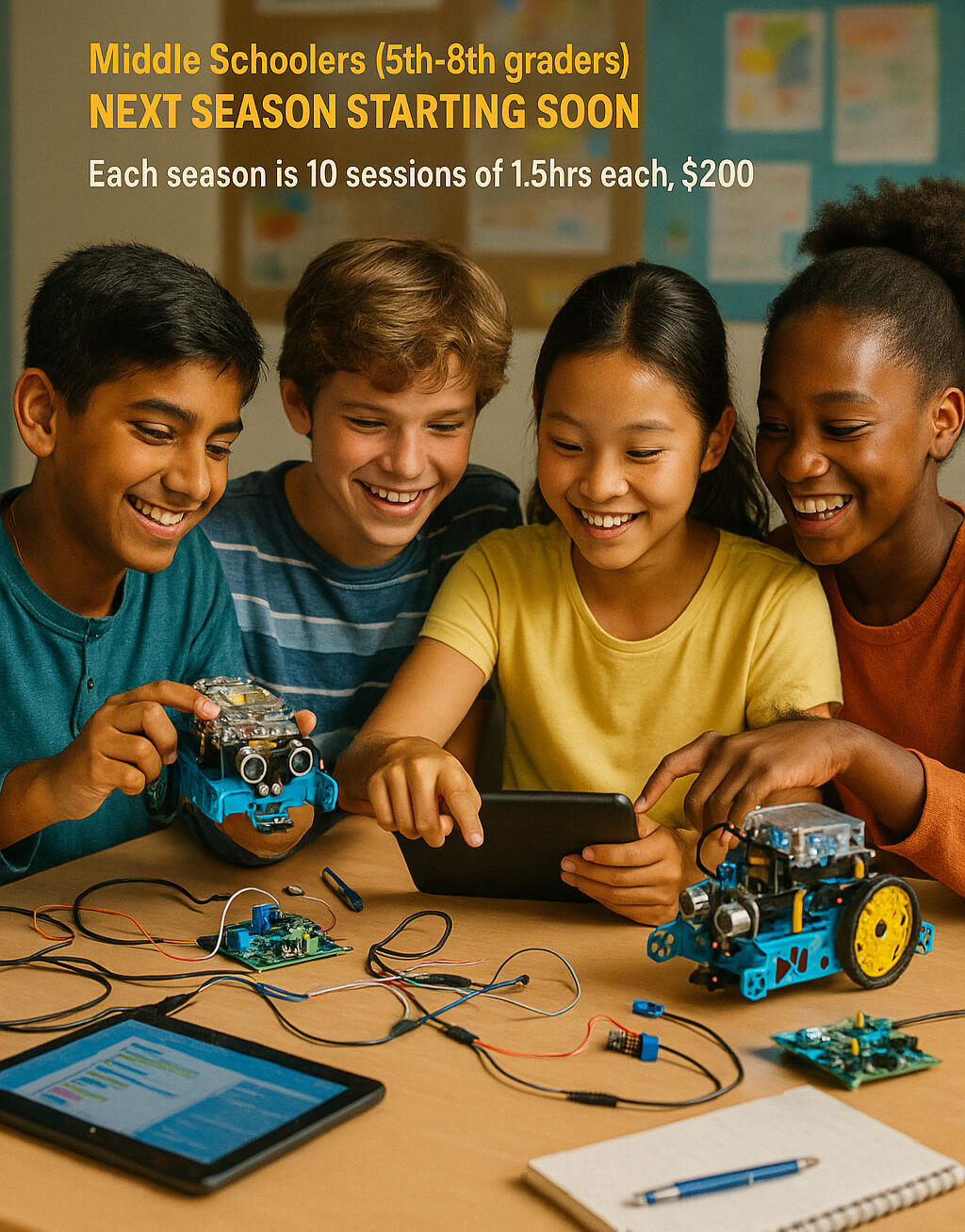
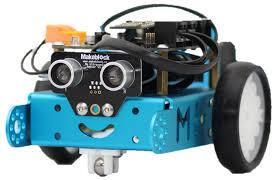
About Us
Sniff Bots Society is a hands-on robotics program where kids don’t just learn about robots—they build them from the motors up. Founded in 2017, we specialize in hardware-first learning, teaching middle schoolers how robots move, sense, and respond using real components—not just code.Inspired by my dog Pepper and the Stanford Pupper 2.1 quadruped robot (developed by Stanford Student Robotics and manufactured by MangDang), we explore robotics through motion, sensors, and mechanical design.🔩 Our Focus: Real Hardware, Real LearningWe don’t start with programming lessons—we start with tools, parts, and physical systems. Students use the mBot2 platform to explore:
- Ultrasonic, line-following, and color sensors
- Smart motors and gear mechanics
- Feedback systems like PID (visualized, not abstract)Our goal is to develop hands-on intuition—kids learn to adjust, calibrate, test, and rebuild. It’s not about copying code, it’s about understanding how machines behave in the real world.
© Sniff Bot Society. All rights reserved.
Why mBOT2
We choose mBot2 as our foundational platform because it provides the right mix of real hardware experience, affordability, and simplicity—ideal for middle school learners.
✅ mBot2 Advantages
Hardware-First: Kids directly work with motors, sensors, and movement—not layers of software.Modular & Repairable: Easy to rebuild and experiment with.All-in-One Design: CyberPi gives sensor input, display, and feedback in a compact system.Cost-Friendly: No need for expensive kits, fields, or licenses.Portable: Desk-sized learning without compromising mechanical depth.
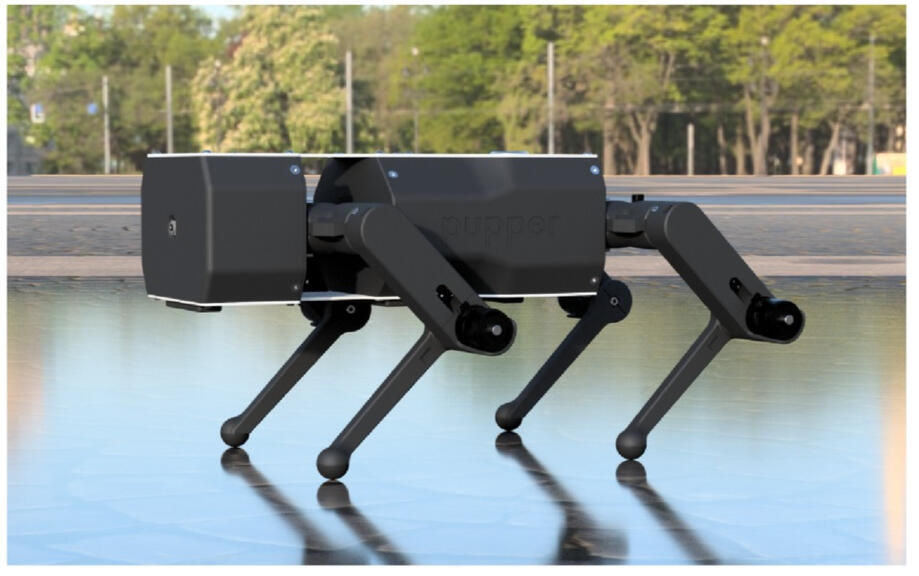
© Sniff Bot Society. All rights reserved.
Contact
Ready to Explore?If your child loves tinkering, taking things apart, or simply wonders how machines move, we invite you to join Sniff Bots Society. Let’s start with wheels and end with walking bots.Where curiosity meets mechanics—one bolt at a time.
© Sniff Bot Society. All rights reserved.
Thank you for reaching out to the Sniff Bot Society!Your question has been successfully received.Every question moves us forward—thanks for being part of the learning journey.— Sniff Bot Society | Where Curiosity Meets Circuits
© Sniff Bot Society. All rights reserved.
I'm a robotics enthusiast and seasoned engineer with extensive experience building hardware and software at Microsoft.
Outside of work, I've been building a wide range of DIY projects—from Raspberry Pi-based trackers to smart home systems and custom robots—always focusing on simplicity, creativity, and hands-on learning.I previously led a small, close-knit robotics program for kids, sparking curiosity through interactive teaching. Now, with Sniff Bot Society, I’m launching a second and more evolved chapter—bringing a deeper, experience-rich approach to teaching robotics, sensors, and real-world hardware.With Pupper 2.1 and Duckie Town, I’m also introducing kids to the exciting world of AI and autonomous systems, bridging the gap between hobby robotics and cutting-edge technology.
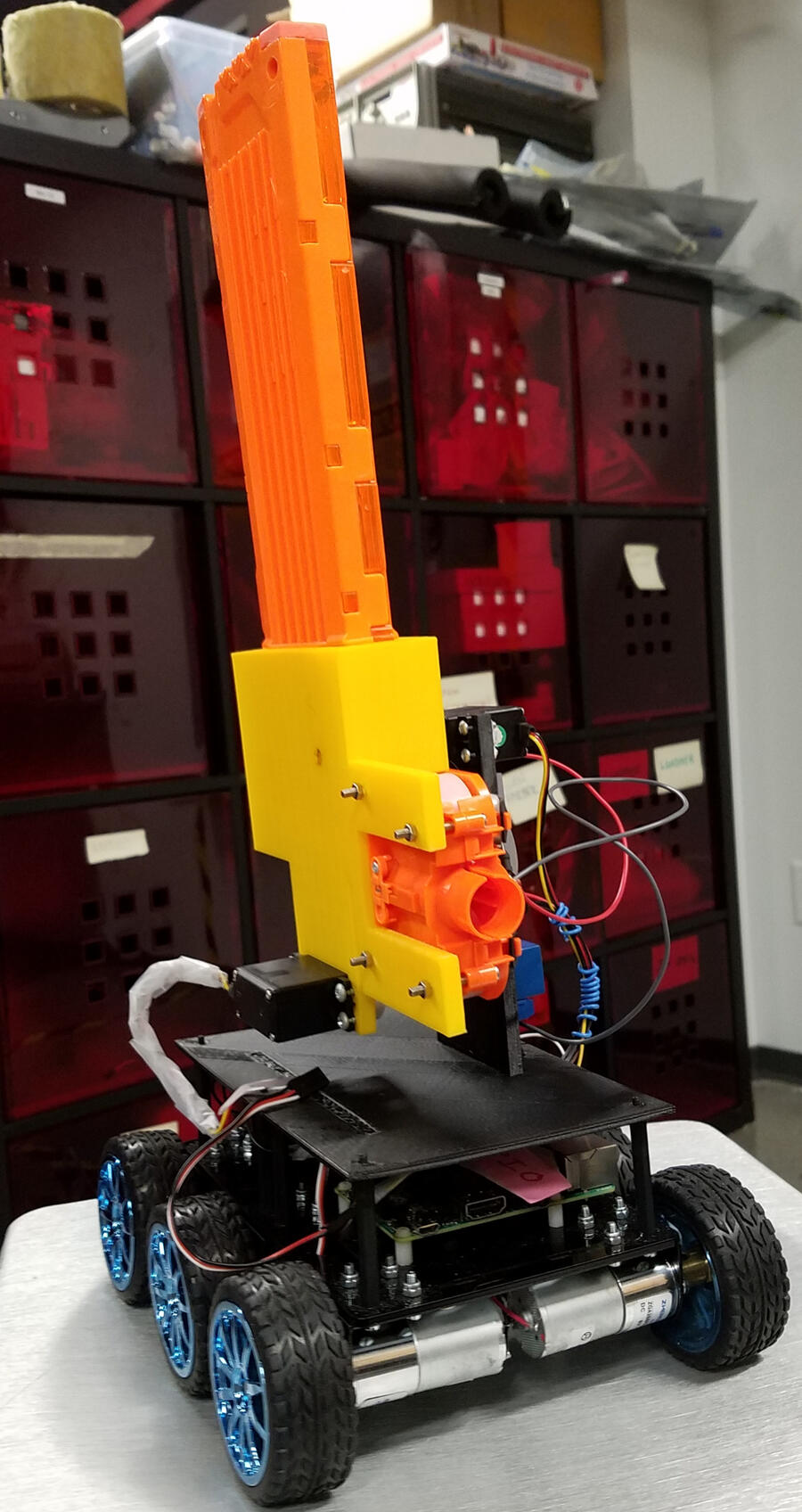
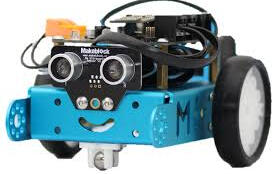
© Sniff Bot Society. All rights reserved.
❓ Frequently Asked Questions
1. Where are the sessions held?
All sessions take place in Round Rock, Texas, and follow the Central Time Zone (CST/CDT).2. How often are sessions conducted?
Classes are held once a week, usually on Saturday mornings, for 1.5 hour.3. How many students are in each session?
Each session is limited to 8 students to ensure focused attention and a hands-on experience.4. Why mBot2? What’s the benefit?
mBot2 offers real-world STEM learning with:
Sensors (ultrasonic, line-following, color)
Smart motors and gear mechanics
Block-based and Python coding
Students develop hardware intuition and problem-solving skills. In the future, select students may be invited to participate in robotics fairs, demo events, or local challenges.5. Does each student get their own kit?
Yes. Each child uses a dedicated mBot2 kit during the session — no sharing required.6. Where can I order the mBot2 kit?
You can purchase the official kit here:
👉 [Link Order mBot2 on Amazon] (https://www.amazon.com/Makeblock-Scratch-Programming-Building-Technology/dp/B0919F9CKS)
This is the same model we use in class.7. What programming languages are used?
We begin with block-based coding and gradually introduce Python as students gain confidence.8. Is homework assigned?
Yes, short and engaging homework is shared after most sessions to reinforce hands-on learning.9. What happens if a class is missed?
Sessions are not recorded. However, we offer make-up support or recap guidance to help students catch up.10. What kind of coding will my child be doing?
Students will:
Start with block coding (drag-and-drop logic)
Progress to beginner-level Python scripts using sensors and motors11. How can I contact you if I have more questions?
You can reach us anytime via links below for 📞 Phone, 📧 Email,
📝 Website Contact Form, ✖️ X
We usually respond within 24 hours on weekdays.
© Sniff Bot Society. All rights reserved.